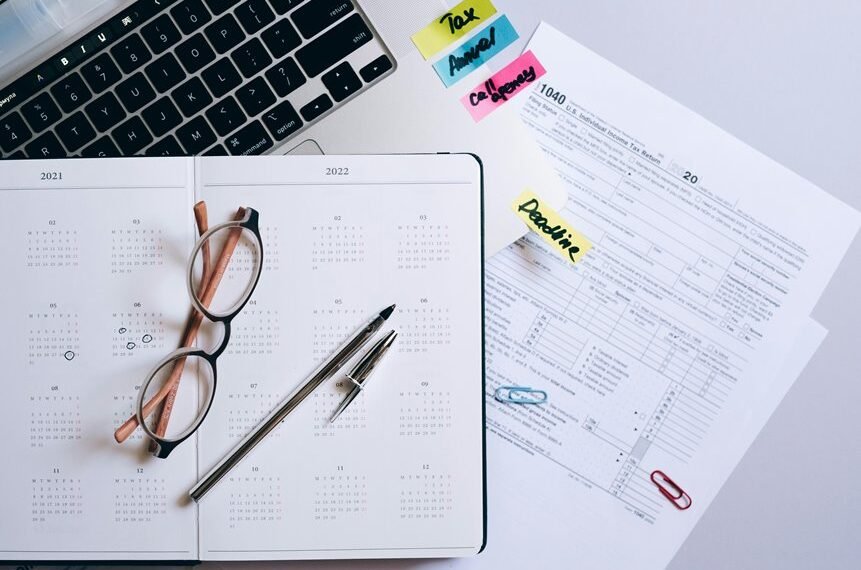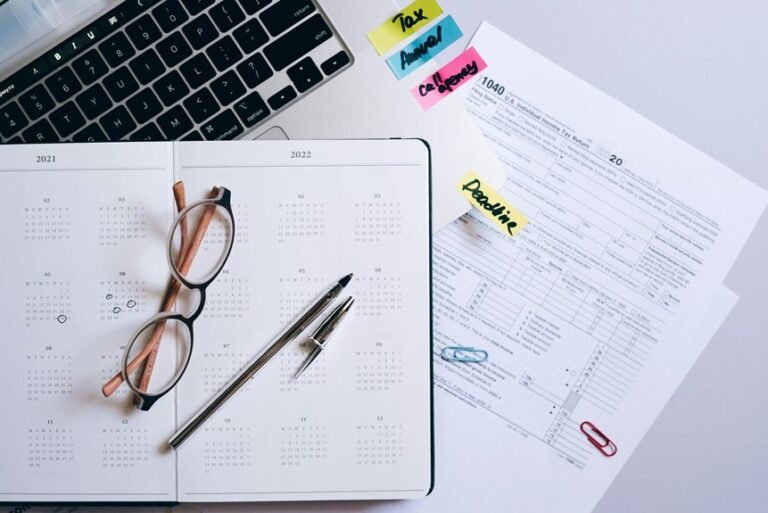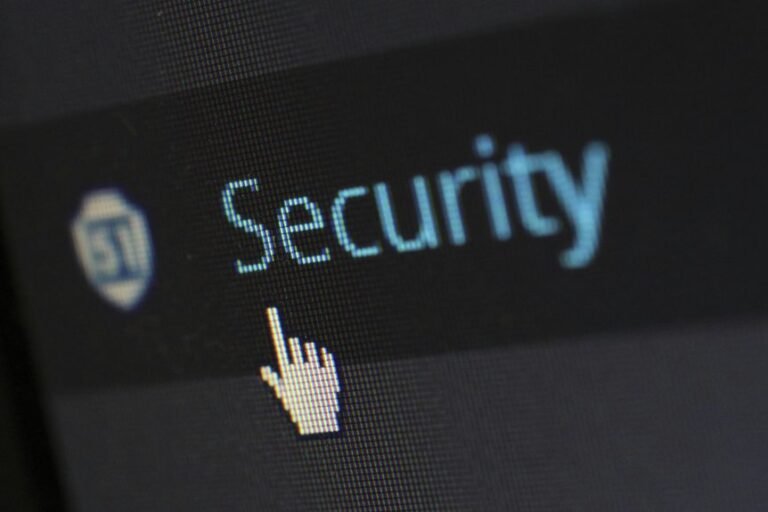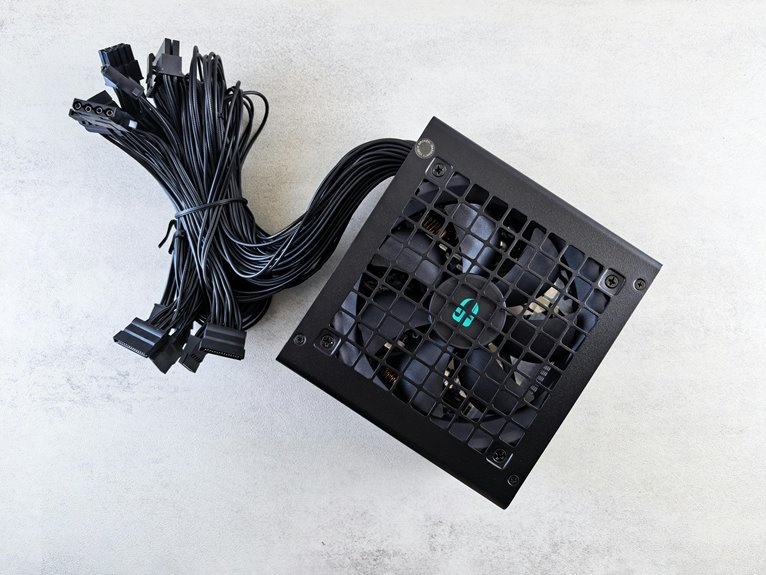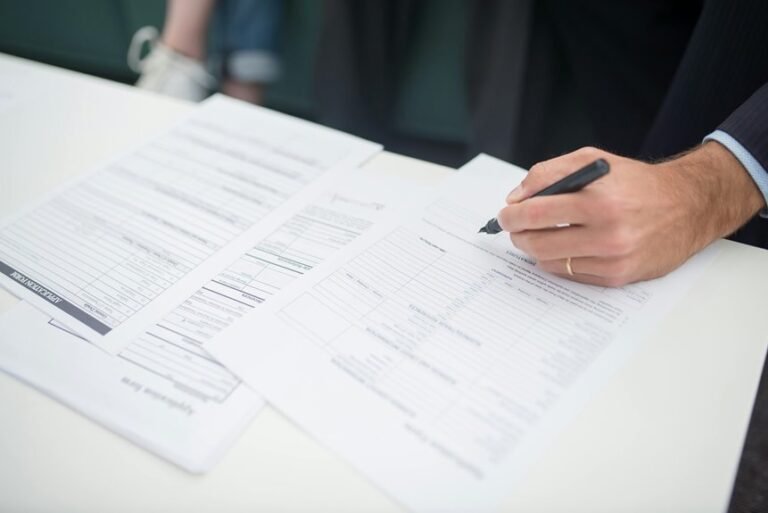When you receive a call from numbers like 7206792207 or 8558789525, do you ever wonder if the caller is legitimate? The Caller Activity Validation Network Authority serves as a crucial mechanism for verifying such information, enhancing the security of telecommunications. This system not only protects consumers but also aids businesses in maintaining trust. Understanding its functionality and impact could be vital in safeguarding your interactions. What else could these measures reveal about caller authenticity?
Understanding Caller Activity Validation Network Authority
Understanding the authority of the Caller Activity Validation Network (CAVN) is crucial, especially as it plays a pivotal role in ensuring the authenticity of caller data within telecommunications systems.
You need to recognize how CAVN enhances caller identification processes and fortifies network security. By validating caller information, CAVN helps maintain trust in communication, empowering users to engage freely without the fear of fraud.
The Importance of Caller Verification
Caller verification serves as a critical safeguard in telecommunications, directly impacting user trust and network integrity.
By employing robust verification processes, you can ensure accurate caller identity, reducing the risk of fraud and enhancing communication reliability.
This technical approach not only protects individual privacy but also fortifies the entire network, empowering users to engage confidently in an increasingly interconnected world.
Benefits for Businesses and Consumers
While businesses and consumers may not realize it, the implementation of a Caller Activity Validation Network significantly enhances their communication experiences.
This system fosters caller trust, allowing you to engage with verified contacts confidently. Improved consumer safety emerges as fraudulent calls decrease, ensuring your interactions are legitimate.
Ultimately, this technology empowers you to communicate freely and securely, reinforcing trust in every call.
How to Protect Yourself From Scams and Unwanted Calls
With the rise of communication technologies, the threat of scams and unwanted calls has become more pronounced.
To safeguard your privacy, enhance your scam awareness by recognizing red flags. Implement call blocking features on your devices to filter potential threats.
Regularly update your settings and report suspicious activity to authorities. Staying informed and proactive is essential for maintaining your freedom from unwanted intrusions.
Conclusion
In today’s digital landscape, verifying caller authenticity is crucial. Did you know that around 60% of consumers receive at least one scam call a week? By leveraging the Caller Activity Validation Network Authority, both businesses and individuals can significantly reduce their exposure to fraudulent activities. By prioritizing caller verification, you not only protect your privacy but also contribute to a more secure telecommunications environment. Embracing these practices empowers you to communicate confidently and safely.

